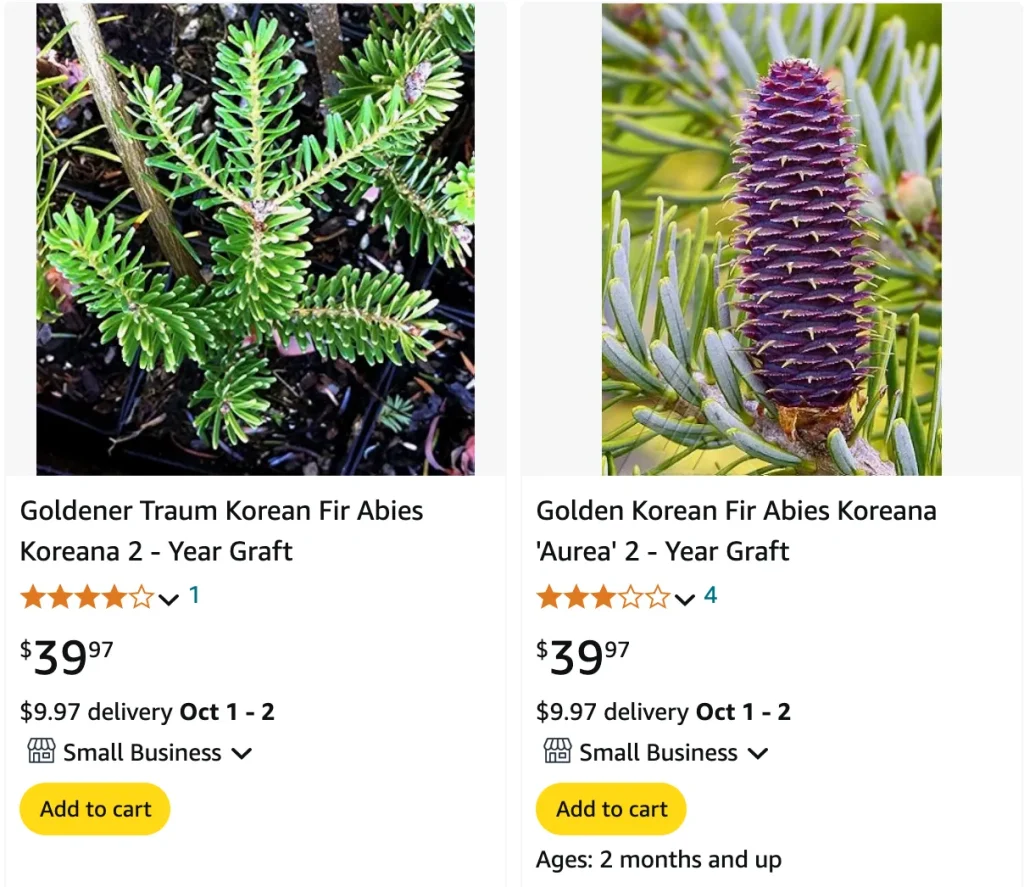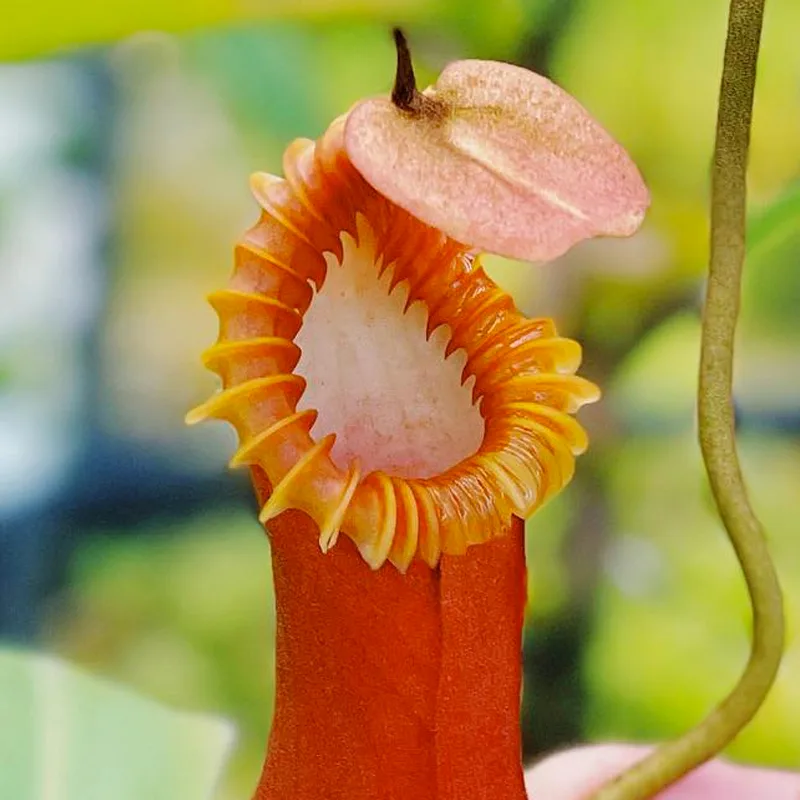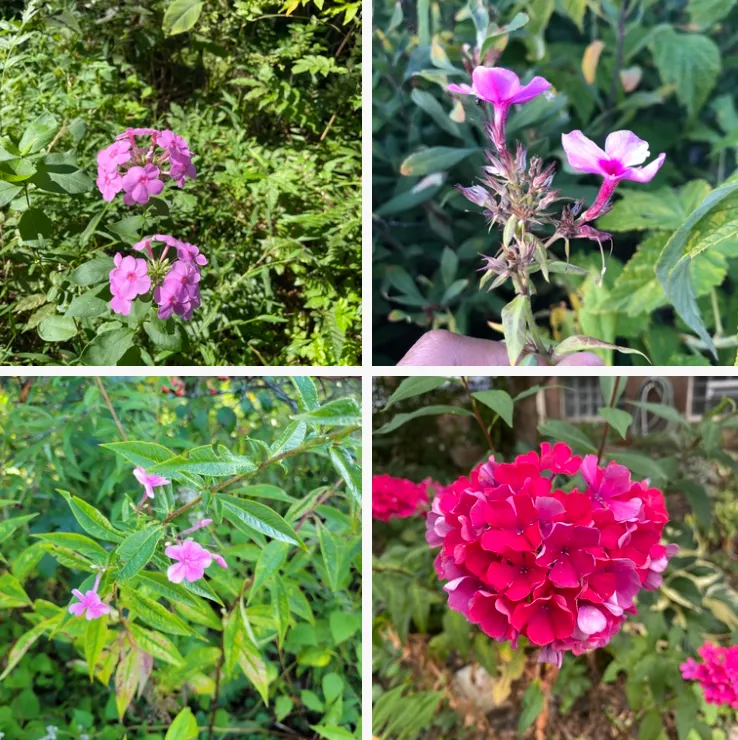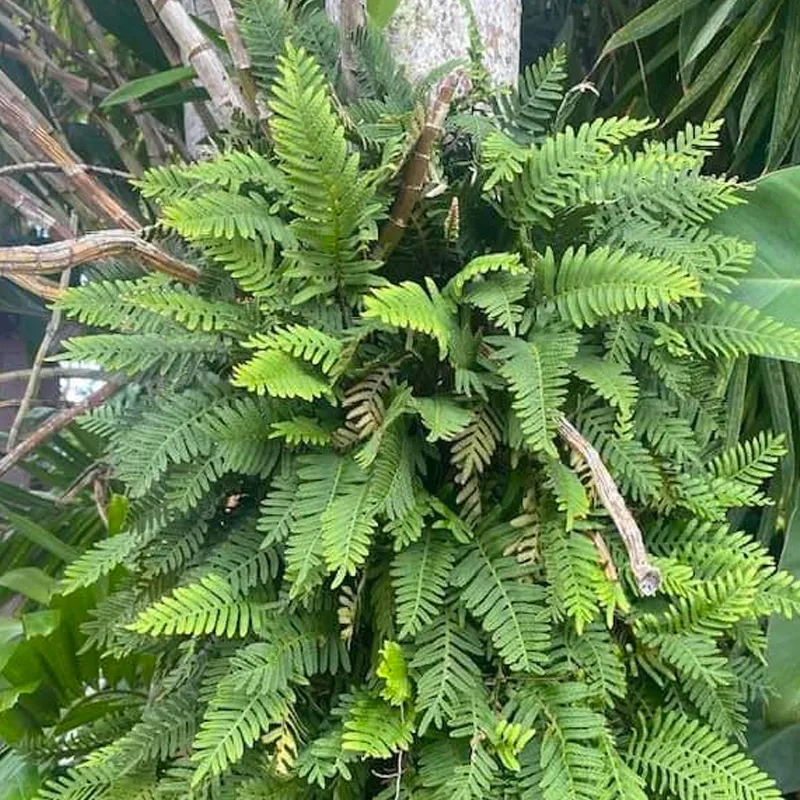
FAQs About Abies Koreana
As a dedicated gardener with a penchant for conifers, I’ve come across a number of questions about Abies Koreana, a stunning evergreen tree that’s caught my eye. I’ve compiled this article to address some of the most frequently asked questions about this tree, including its size, growth from seed, care, and more. Let’s dive in!
48 Species in Genus Abies
How Tall Is Abies Koreana?
Abies Koreana, commonly known as Korean Fir, is a relatively compact fir compared to other species. In ideal conditions, it typically reaches a height of 20 to 30 feet. However, it can grow up to 40 feet tall in its native habitat of Korea. It’s worth noting that its growth rate is quite slow, making it an excellent choice for smaller gardens or for those who prefer a more manageable tree.
How to Grow Abies Koreana from Seed?
Growing Abies Koreana from seed can be a rewarding but somewhat challenging process. Here’s a step-by-step guide based on my experience:
- Seed Collection: Collect seeds from mature cones in late summer or early fall. Ensure they are fully ripe for the best germination rates.
- Stratification: Korean Fir seeds require a cold stratification period to break dormancy. Place the seeds in a moist medium like peat moss or sand and refrigerate them for about 6 to 8 weeks.
- Sowing: After stratification, sow the seeds in well-draining soil. A mix of equal parts peat moss, perlite, and sand works well. Plant the seeds about ¼ inch deep.
- Germination: Keep the soil moist but not waterlogged. Place the pots in a cool, shaded area. Germination can take several weeks to a few months.
- Transplanting: Once the seedlings have developed a few sets of needles and are large enough to handle, transplant them into larger pots or directly into the garden if the conditions are suitable.
How to Care for Abies Koreana?
Caring for Abies Koreana involves a few key practices to ensure its health and vitality:
- Light: This tree thrives in partial to full sun. While it can tolerate some shade, it will grow best with plenty of sunlight.
- Soil: Preferring well-draining soil, Abies Koreana does well in loamy or sandy soil. Avoid heavy clay that retains too much moisture.
- Watering: Water the tree regularly, especially during dry spells. However, ensure the soil remains well-drained to prevent root rot.
- Fertilizing: A balanced, slow-release fertilizer applied in early spring can support healthy growth. Avoid over-fertilizing, as this can harm the tree.
- Pruning: Pruning is generally minimal. Remove dead or damaged branches to maintain the tree’s shape and health.
How to Propagate Abies Koreana?
Propagation of Abies Koreana is typically done through seed. While it is possible to propagate by cuttings, it is less common and can be quite difficult. The steps for seed propagation have already been covered, so ensure to follow those for successful results.
What to Plant With Abies Koreana?
Pairing Abies Koreana with complementary plants can enhance its beauty in the garden. Consider the following:
- Hostas: Their lush foliage contrasts beautifully with the evergreen needles of the Korean Fir.
- Heucheras: Varieties with vibrant foliage can provide color contrast and visual interest.
- Rhododendrons: Their broad leaves and seasonal blooms create a lush, woodland feel when paired with Korean Fir.
Can You Grow Abies Koreana Indoors?
Growing Abies Koreana indoors is generally not recommended. This tree requires ample space and specific light conditions that are challenging to replicate indoors. It’s best suited for outdoor gardens where it can reach its full potential.
Is Abies Koreana Toxic?
Abies Koreana is not considered toxic to humans or pets. Its needles and bark are generally safe, though consuming large quantities of any plant material might cause discomfort.
Benefits of Abies Koreana
Abies Koreana offers several benefits for gardeners:
- Aesthetic Appeal: Its compact size and attractive needles make it a striking addition to any garden.
- Wildlife Friendly: The tree provides habitat and food for various birds and insects.
- Low Maintenance: Once established, it requires minimal care and is relatively pest and disease-resistant.
Common Problems with Abies Koreana
While generally hardy, Abies Koreana can face a few issues:
- Pests: Watch out for aphids and spider mites, which can occasionally infest the tree.
- Disease: Root rot can occur in poorly-draining soils, so ensure proper soil management.
- Needle Drop: This can happen due to environmental stress or poor soil conditions.
Compare with Other Conifers
When compared to other conifers like the Norway Spruce or the Douglas Fir, Abies Koreana stands out for its compact size and unique needle arrangement. It’s slower-growing than many conifers, which can be an advantage for smaller gardens or urban settings. Unlike the Norway Spruce, which can grow quite large, Korean Fir maintains a more manageable size.
In conclusion, Abies Koreana is a beautiful, versatile tree that offers many benefits for garden enthusiasts. Whether you’re growing it from seed or caring for a mature specimen, it can be a valuable addition to your landscape. By following the tips and guidelines outlined above, you can ensure that your Korean Fir thrives and continues to enhance your garden for years to come.
If i die, water my plants!



